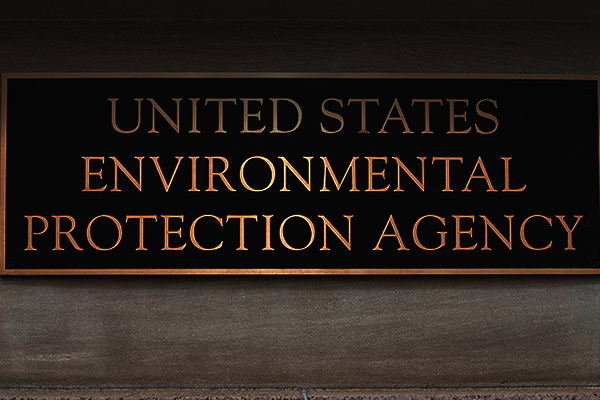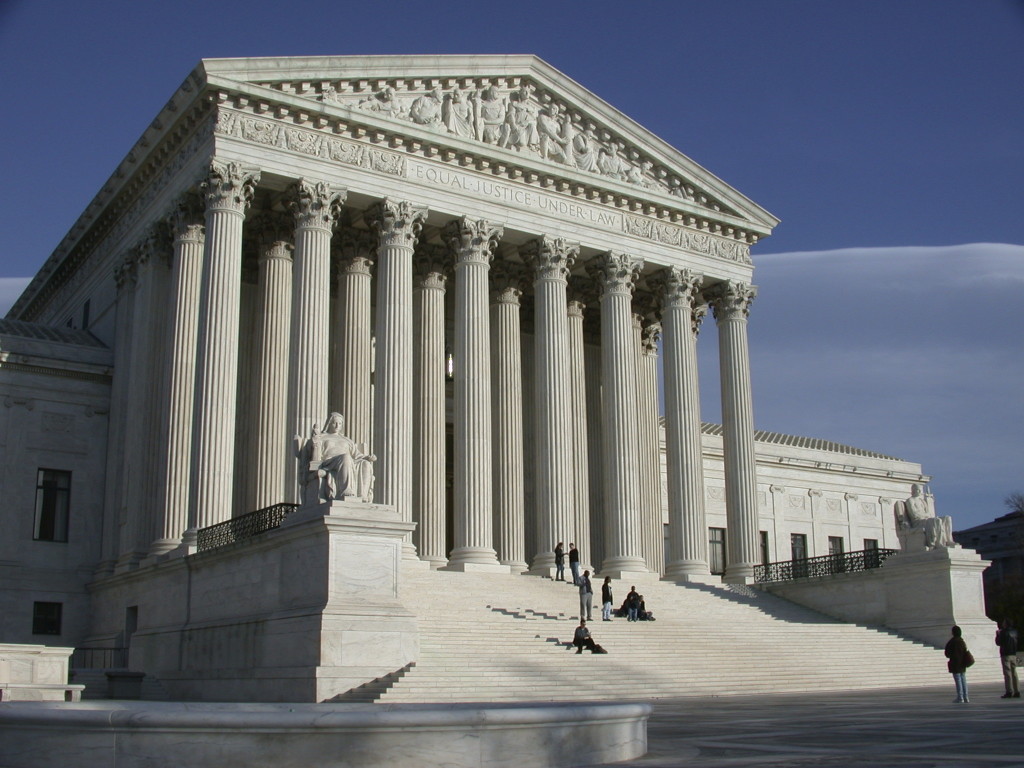Obama’s Carbon Plan Could Cause Thousands of Premature Deaths

Earlier this month, the Environmental Protection Agency (EPA) finalized its so-called “Clean Power Plan,” or carbon rule, which regulates carbon dioxide emissions from existing power plants. Although EPA claims that the benefits of the rule are substantial, in reality it will have negative repercussions for Americans, especially the most vulnerable. In fact, by our estimate, the EPA’s regulation will likely cause more premature deaths than it prevents, have an undetectable impact on climate change, and fail to produce significant health benefits.
To implement this regulation, President Obama is depending on states to submit plans to EPA. Yet many states, recognizing the high costs and lack of climate benefits, are fighting back. The best way for state leaders to protect their citizens from skyrocketing energy costs is to reject EPA’s request for a state plan.
Obama’s Carbon Rule Causes Thousands of Premature Deaths
EPA claims the finalized carbon rule will have climate and health benefits for Americans worth tens of billions of dollars and save thousands of lives per year. However, while EPA asserts its carbon rule will save lives, the agency fails to acknowledge how many deaths the plan may cause.
EPA’s rule will raise energy prices by forcing the closure of affordable coal-fired plants to make way for more expensive plants fueled by other sources. This could raise electricity prices by double digits for residents of 43 states, a burden that will be felt most by poorer households. Americans will find that they must sacrifice other necessities, like medicine and doctor visits, in order to afford the higher energy prices.
EPA ignores the “health-wealth” link as it promotes the carbon rule, resulting in dangerous miscalculations of health benefits. By forcing higher energy prices on American families, the carbon rule will end up making the poor poorer and the sick sicker.
By EPA’s estimates, the carbon rule could prevent thousands of premature deaths by 2030 by decreasing Americans’ exposure to outdoor pollutants. However, EPA’s estimates fail to consider the negative health impacts associated with a loss of wealth that the rule will cause. Even if we take the EPA’s numbers at face value, estimates from the Institute for Energy Research (IER) indicate the regulation could cause, on balance, 14,000 more premature deaths than it prevents by 2030.
Source: Based on IER calculations of Environmental Protection Agency and NERA Economic Consulting data
To learn more about how EPA’s carbon rule causes more premature death than it prevents, read IER’s recent post here.
Obama’s Carbon Rule Has No Impact on Climate Change
EPA’s carbon rule is an integral component of the Obama administration’s climate agenda. As a result, the alleged purpose of the regulation is to reduce carbon dioxide emissions that contribute to climate change. Nevertheless, the rule’s impact on global temperatures is so minimal as to be completely undetectable. According to climate experts from the Cato Institute, the rule will prevent an increase of 0.019°C by the year 2100. They conducted this analysis using EPA’s own models. Furthermore, a separate analysis done by the American Coalition for Clean Coal Electricity reached very similar conclusions: by 2050 the rule would yield (1) a reduction in atmospheric carbon dioxide concentrations by 0.2 percent, (2) a decrease of 0.006°C in global temperatures, and (3) a sea level rise diminished by 0.2 millimeters.
Regardless, EPA is claiming that the final rule will garner $20 billion a year in “climate benefits” in 2030. So, if there is no effect on global temperatures, what are the alleged climate benefits that EPA claims the plan will produce? Essentially, EPA estimates the benefits based on a metric called the Social Cost of Carbon (SCC), which isn’t based on the tangible impacts on temperatures. Instead, it calculates the alleged economic impact caused by every ton of carbon that’s emitted. This metric has been criticized by a number of researchers, statisticians, and economists as arbitrary, unreliable for crafting policy, “close to useless,” and “susceptible to political gaming.”
Ultimately, the theoretical and practical issues with SCC make it a poor tool for policymaking. The fact that the claimed climate benefits from EPA’s rule are entirely based on SCC estimates, rather than actual impacts on global temperatures or sea levels, makes the regulation very problematic.
Zero Climate Benefits, Dubious Health Benefits
Because the rule has no discernible impact on climate change, EPA is attempting to link the plan to public health. However, its claimed health benefits are also highly suspect. EPA claims that its rule will improve the health of Americans by reducing criteria pollutants that contribute to asthma and other illnesses. Yet historical trends indicate that illnesses are rising despite emission reductions. The data show that while air pollution has declined for several decades, asthma rates are rising. This casts doubt on the health benefits of EPA’s rule and suggests that other factors, such as poverty, may play a larger role in affecting health than air pollution does.
Currently, about 25 million Americans suffer from asthma, and the EPA is claiming that its carbon rule, by reducing Americans’ exposure to outdoor air pollutants, can help alleviate this health burden. However, EPA’s health claims are dubious and some of them rely on cherry-picked and misinterpreted analysis. As previously discussed, EPA has ignored the health-wealth link that shows the plan may in fact kill more people than it saves. In particular, a study by the National Black Chamber of Commerce concluded that the rule is likely to negatively affect low-income groups and minorities. Rather than creating health benefits, the rule may cause disproportionate harm to the poorest among us. By making Americans poorer, the rule will make people sicker and damage public health.
Conclusion
EPA’s carbon rule, a crucial piece of the Obama administration’s climate agenda, makes sweeping claims about the benefits of regulating carbon dioxide emissions from affordable and reliable power plants. However, upon closer inspection, the rule falls short of its claimed benefits—and even has significant negative impacts.
By raising energy prices, the carbon plan will have substantial economic repercussions that make Americans poorer—and ultimately, it may cause more deaths than it prevents. At the same time, it won’t produce any tangible impact on climate change; instead, the rule relies on climate benefits produced by arbitrary and unreliable models. Finally, the health benefits of the rule are questionable and don’t align with the government’s own data on pollution and asthma rates.
State should take note. Now that the rule is final, EPA is depending on states to submit implementation plans. However, a growing number of states have come out against EPA’s carbon regulation, raising the possibility that EPA will be unable to implement the rule as written. Given these high costs and dubious benefits, state leaders should protect their citizens by rejecting EPA’s call for state plans.
To read about the “10 Reasons States Should Not Submit a State Plan,” click here.





